How to Get Rid of Fleas on Cats (Safe and Effective Guide)
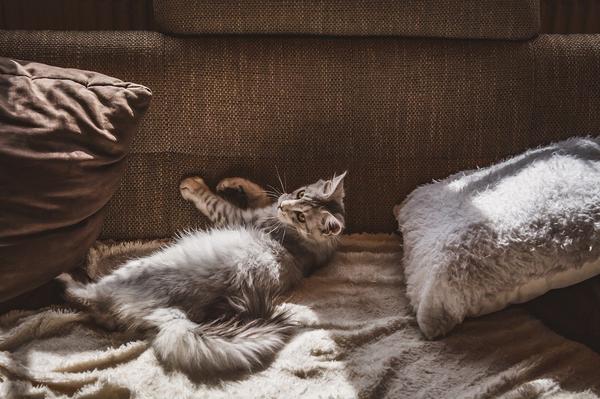
Picture this:
You're a loving cat owner, fiercely devoted to your fur baby. 🐱
But those pesky fleas keep coming back, making you feel like a helpless failure.
But fear not!
In this post, we'll uncover the most effective ways to eliminate fleas on your cat.
Keep reading, warrior.
Use Flea Treatments Recommended by Veterinarians
Veterinarians recommend prescription flea treatments
When it comes to fleas, you want to trust the experts - veterinarians.
They know their stuff when it comes to effective and safe treatments.
One option they often suggest is Bravecto, a prescription flea treatment that keeps those annoying fleas away for up to 12 weeks with just one dose.
No more worrying about fleas for a long time!
But here's an important tip for you:
Using flea medications meant for dogs on cats can be dangerous.
Always follow your vet's advice and use products specifically made for your cat's needs.
Various options available for eliminating fleas
Good news!
There are many ways to get rid of fleas. You have a lot of choices - from shampoos and sprays to spot-on treatments and oral medications.
Here's something interesting: some cat owners have found success by combining different methods.
If you want even better results in eliminating fleas and keeping them away, try using both a spot-on treatment and a flea collar.

It's worth a shot!
Always use these products as instructed.
Follow the recommended dosage and how to apply them to ensure you get the best outcome possible.
Addressing both adult fleas and eggs/larvae is crucial
To get rid of fleas effectively, you need to tackle both the ones on your cat and the ones hiding in your cat's environment - the eggs and larvae.
It's a comprehensive approach to keep those pesky fleas from coming back.
If you notice your cat scratching like crazy or see scabs, red rashes, or hair loss, it could be a sign of a flea infestation.
Don't worry though, your veterinarian has several treatment options they recommend, such as Revolution, Capstar, Comfortis, and Seresto.
So when it comes to fleas, trust what your vet tells you and use the treatments they suggest.
Say goodbye to fleas and hello to a flea-free cat!
Main points I'll expand upon further down this article:
- Treat all pets, even those without obvious flea problems.
- Fleas can cause skin irritation, allergies, and transmit parasites.
- Regularly groom your cat and use flea prevention products.
- Ensure flea collars fit properly and remove if they cause adverse reactions.
- Flea prevention is crucial, especially in warmer climates.
- Use fine-toothed flea combs for early detection and eradication.
- Get rid of fleas in the environment by vacuuming regularly.
- Thoroughly clean the home, including the cat's bedding.
- Use hot, soapy water and natural remedies like diatomaceous earth.
- Watch for signs of infestation, protect cats, and prevent entry into the home.
And it gets better...
There are alternative treatments that your veterinarian can recommend for severe cases of flea infestations.
But what if I told you that fleas can also be harmful to humans?
Find out why you must treat all pets in your house, even those without apparent issues:
Consult with a Veterinarian for Severe Flea Infestations
When dealing with flea problems, ask your vet about immediate relief options like flea dips or injections.
Don't forget to treat all the pets in your house, even if they seem unaffected because fleas are sneaky little bugs.
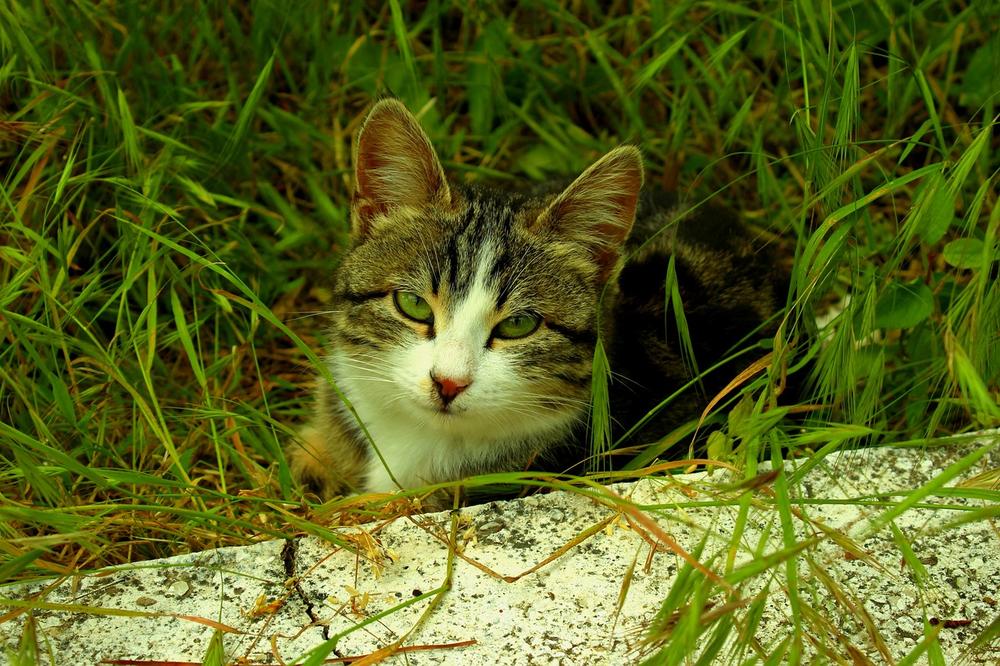
The presence of fleas isn't just harmful to cats, but it can also affect humans.
So, addressing this issue is vital for the well-being of everyone involved.
Make sure you communicate with your vet and take appropriate action to tackle this pesky problem head-on.
Use Flea Prevention Products on Your Cat
To protect your cat from fleas, follow these simple steps:
- Consider using flea collars with imidacloprid.
- Regularly groom your cat to manage fleas.
- Ensure proper fit of flea collars and remove them if necessary.
- Practice regular flea prevention throughout the year.
- Use fine-toothed flea combs for early detection.
- Be aware of the health issues fleas can cause.
- Keep an eye out for small, dark brown or black insects.
- Understand that fleas are highly skilled jumpers.
- Know that fleas can transmit tapeworms.
- Remember that fleas thrive in warmer climates.
Let me tell you something important:
Fleas can be a major headache for your cat. 😞
They can lead to skin irritation, allergies, and even transmit parasites like tapeworms.
That's why you have to regularly groom your cat and use flea prevention products.
Consider flea collars with imidacloprid, which provide long-lasting protection and are easy to use.
Make sure the collar fits properly and remove it immediately if any adverse reactions occur.
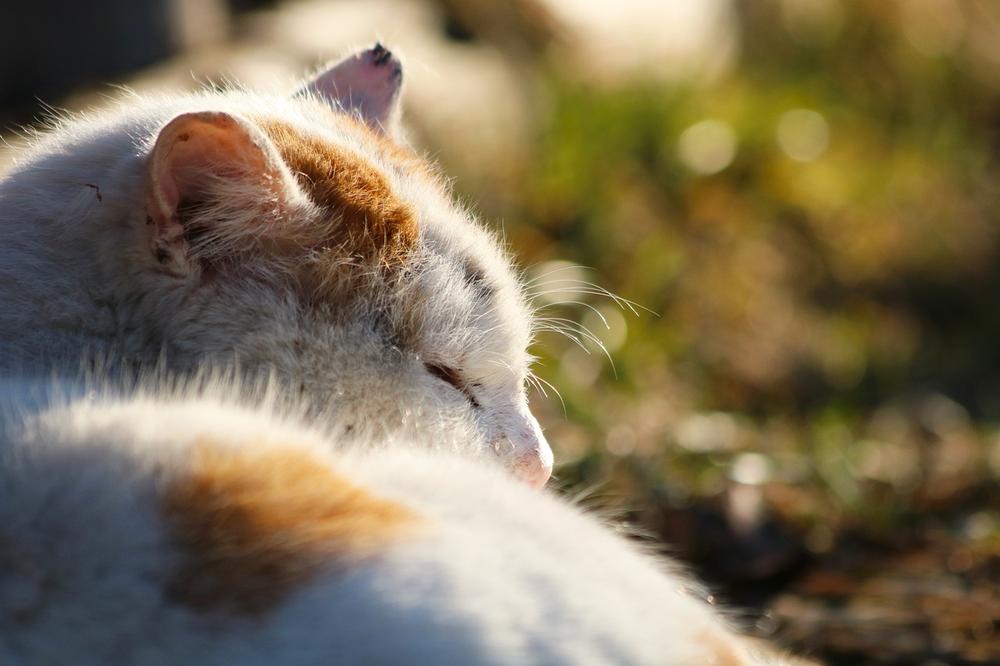
And don't forget, fleas can be a problem all year round, especially in warm climates.
Early detection is key, so use a fine-toothed flea comb for careful inspection.
Keep an eye out for those pesky little bugs, because they can cause big problems for your cat's health.
And remember, when it comes to flea prevention for your precious feline friend, every little detail matters.
That's why Is Dish Soap Safe for Cats is an essential read.
In my article, I share valuable insights and practical tips on the safe use of dish soap for flea baths.
Wash Your Cat's Bedding and Vacuum Your Home Regularly
Here's how to keep your cat and home free from those pesky fleas - just follow these 8 steps:
- Make sure you wash your cat's bedding regularly. You don't want any flea parties going on in there.
- Toss a few drops of essential oils into the washing machine when you do laundry. It's like a natural flea death sentence for those buggers.
- Vacuum, vacuum, vacuum. Can't stress this enough. Get rid of all that hidden dirt and potential flea hangout spots.
- Don't skip the nooks and crannies! Pay extra attention to carpets, rugs, and furniture - fleas love to hide there. Those sneaky little devils.
- After you've done your vacuuming dance, don't forget to immediately empty the vacuum cleaner bag or canister. No escape routes for those crafty fleas.
- Look up what the Environmental Protection Agency says about dealing with fleas. They're the experts, after all. If they say use some insecticides, then consider it.
- If you decide to go the insecticide route, make sure you read the instructions on the label. We don't want any accidental poisoning incidents here. Or better yet, get professional help. Leave it to the exterminator wizards.
- A thorough clean is a must. Don't forget about your furniture and curtains - those flea eggs and larvae won't spare anything.
Fleas thrive in warmth, so keeping things tidy and fresh is key to maintaining a flea-free zone.
By keeping both your feline friend and your home squeaky clean, you'll create a healthy environment where fleas would rather not hang out.
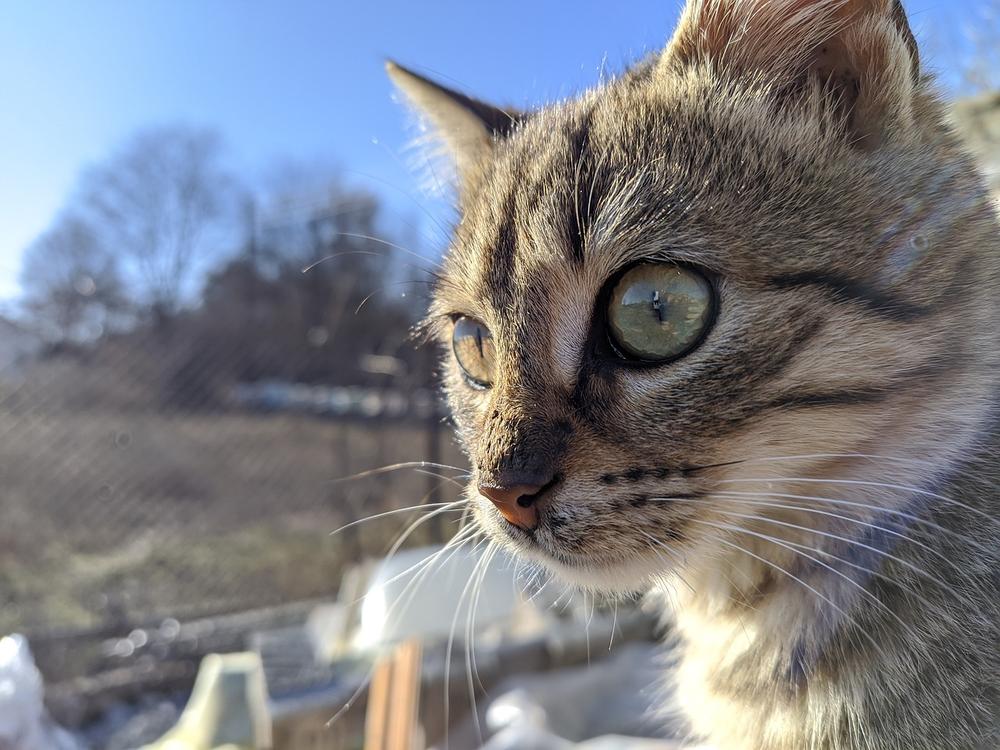
But here's where it gets interesting...
Have you ever considered using natural remedies to tackle those pesky fleas?
In the next section, we'll explore homemade flea sprays and other alternative treatments that could provide relief for your furry friend.
Don't miss out on these potentially effective options!
Use Natural Remedies to Repel Fleas
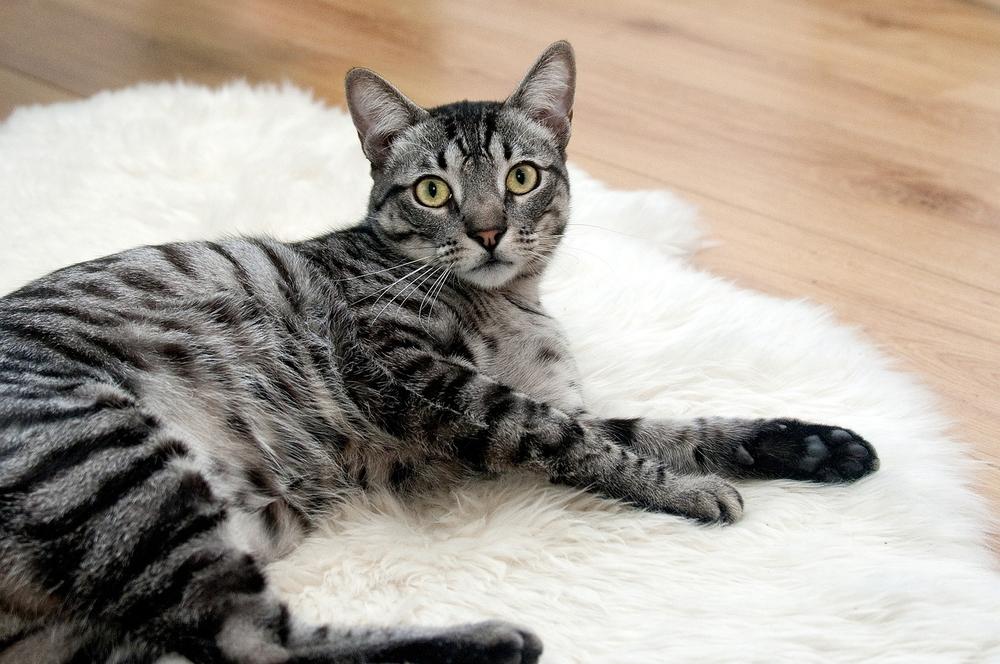
Here are 10 natural remedies to repel fleas and keep your cat happy and flea-free:
- Make a homemade flea spray with apple cider vinegar and water.
- Regularly comb your cat's fur with a flea comb dipped in hot, soapy water.
- Consider using natural remedies like diatomaceous earth or herbal flea sprays.
- Keep your cat's bedding clean and wash it regularly.
- Vacuum your home frequently to remove fleas and their eggs.
- Use cedar chips or eucalyptus leaves as natural repellents. 🌿
- Wash your cat's collar and bedding in hot water.
- Trim your cat's fur to make it harder for fleas to hide.
- Treat your outdoor environment with nematodes to control fleas naturally.
- Remember that natural remedies may not be as reliable as prescription-strength options, so consult your vet for the best treatment plan.
With these natural remedies and preventive practices, you can protect your cat from fleas without resorting to harsh chemicals.
Prevent Fleas from Infesting Your Cat
To keep your cat free from fleas, here's what you need to do:
- Brush and trim your cat's fur regularly to make it harder for fleas to hide and multiply. Use a brush or comb to remove loose fur and tangles.
- Use products specifically made for cats to prevent fleas. These can be topical treatments, oral medications, or flea collars. Consult your vet for the best option. 😺
- Keep an eye on your cat for signs of fleas. Watch out for flea dirt (small black specks), excessive scratching, or red skin. If you suspect fleas, consult your vet for proper treatment.
- Keep both indoor and outdoor areas clean. Fleas love warm and humid environments, so regular cleaning and vacuuming will help reduce their numbers. Focus on the areas where your cat spends most of its time.
- Regularly wash and treat your cat’s bedding. Fleas can hide and reproduce there, so washing in hot water can kill any fleas or eggs. Consider using flea repellents too.
- Make sure the environment is safe for your cat. Close off any potential entry points like open windows or doors. Keep your cat away from other pets that might have fleas, as they can easily pass them on.
Prevention is key when it comes to fleas.
By following these steps, you'll protect your cat and ensure their health and comfort.
And that wraps up today's article.
If you wish to read more of my useful articles, I recommend you check out some of these: Can Cats Eat Silverfish, Can I Use Baby Shampoo on My Cat, Is Majesty Palm Toxic to Cats, Is Dracaena Toxic to Cats, and My Cat Cant Meow Just Squeaks
Talk soon,
-Sarah Davis